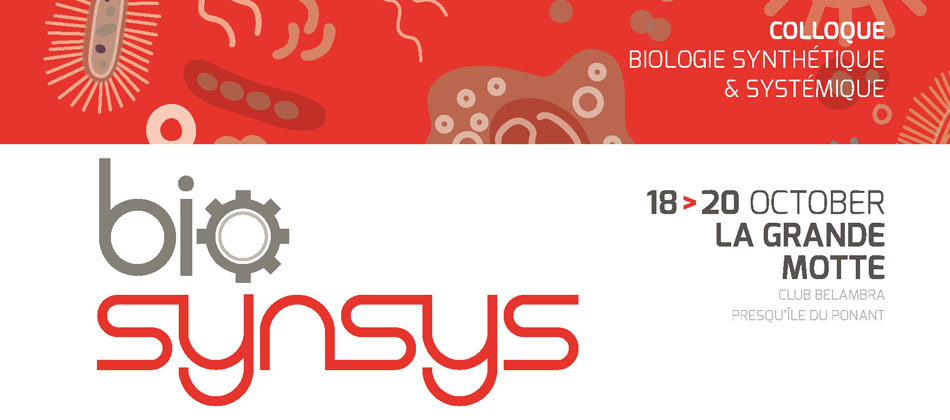Cyclodipeptides, formed by the condensation of two alpha-amino acids, are the simplest representatives of 2,5‑diketopiperazines (2,5‑DKPs) [1], a large class of natural products containing noteworthy bioactive molecules. Many 2,5‑DKPs are biosynthesized by cyclodipeptide synthases (CDPSs), a novel family of enzymes that divert aminoacyl‑tRNAs from their canonical role as substrates of the ribosomal protein translation to produce cyclodipeptides [2]. The biochemical characterization of a large set of CDPSs has recently shown that these enzymes exhibit diverse substrate specificities and that they synthesize an important diversity of cyclodipeptides made up of most proteinogenic amino acids [3]. However, this diversity is intrinsically limited by the fact that, in their normal physiological context, CDPSs can only use the 20 proteinogenic amino acids.
To further increase the diversity of 2,5-DKPs accessible through enzymatic synthesis, we sought to expand the repertoire of CDPS substrates. Since CDPSs use the same substrate as the translational apparatus, some strategies developed to incorporate non‑canonical amino acids (ncAAs) into proteins can be adapted to CDPSs. One of these strategies exploits the natural promiscuity of the enzymes responsible for the loading of amino acids on tRNAs, the aminoacyl-tRNA synthetases [4,5]. Using this strategy (Figure 1), we set up an in vivo medium-throughput screening platform that allowed us to test dozens of non‑canonical amino acids for their ability to be incorporated by a set of CDPSs chosen for their different specificity pattern. We show that CDPSs can efficiently incorporate a wide variety of ncAAs into cyclodipeptides. This strategy of incorporation greatly increases the diversity of compounds accessible with CDPSs (around 200 cyclodipeptides containing ncAAs were produced, compared to 75 cyclodipeptides known to be produced by CDPSs prior to this study). This work illustrates a new application of synthetic biology to natural products biosynthesis.
Figure 1: General principle of ncAA incorporation by CDPS.
Left: proteinogenics AAs are loaded on tRNAs by AARSs. CDPSs divert aa‑tRNAs from the translational machinery to produce cyclodipeptides.
Right: ncAAs are added to the culture medium, uptaken in the cells, recognized by one or several AARSs and acylated on the cognate tRNAs. ncAA‑tRNAs serve as substrates for CDPSs to produce ncAA-containing cyclodipeptides.
References:
[1] A. D. Borthwick, Chem. Rev. 2012, 112, 3641–3716.
[2] M. Gondry, L. Sauguet, P. Belin, R. Thai, R. Amouroux et al., Nat. Chem. Biol. 2009, 5, 414–420.
[3] I. B. Jacques, M. Moutiez, J. Witwinowski, E. Darbon, C. Martel et al., Nat. Chem. Biol. 2015, 11, 721–7.
[4] F. Oldach, R. Altoma, A. Kuthning, T. Caetano, S. Mendo et al., Angew. Chemie - Int. Ed. 2012, 51, 415–418.
[5] M. C. T. Hartman, K. Josephson, J. W. Szostak, Proc. Natl. Acad. Sci. U. S. A. 2006, 103, 4356.
- Picture

 PDF version
PDF version

